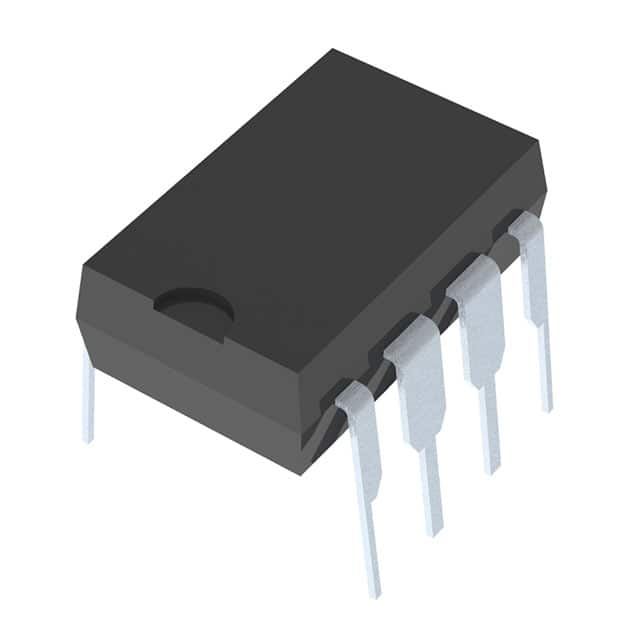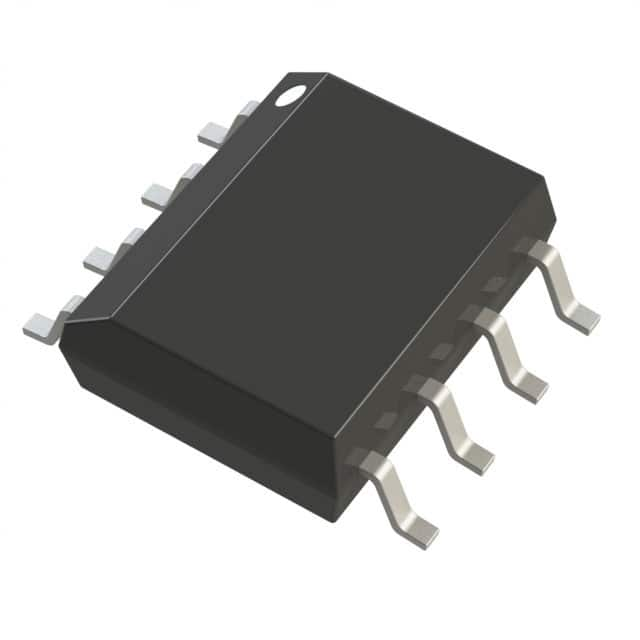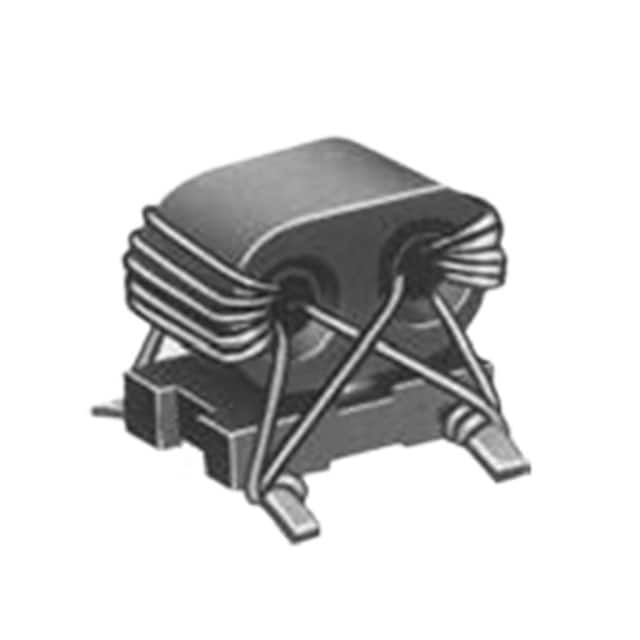Ⅰ. Linear - Analog Multipliers, Dividers
Ⅱ. Physical Characteristics of Linear - Analog Multipliers, Dividers
Ⅲ. Electrical Characteristics of Linear - Analog Multipliers, Dividers
Linear analog multipliers and dividers are electronic devices used in analog signal processing applications. They perform mathematical operations on continuous analog signals, allowing for multiplication or division of signal amplitudes. Let's explore these devices in more detail:

1.Analog Multipliers:
An analog multiplier is a device that takes two input signals and produces an output signal that is the product of the two inputs. It multiplies the amplitudes of the input signals while preserving their frequency content. Analog multipliers find applications in various areas, including modulation, demodulation, automatic gain control, frequency mixing, and signal processing.
Analog multipliers can be implemented using various techniques, such as Gilbert cell multipliers, balanced modulators, or voltage-controlled amplifiers (VCAs). These devices typically have a set of input ports for the two signals being multiplied and an output port that provides the product signal. The output is proportional to the product of the instantaneous amplitudes of the input signals.
2.Analog Dividers:
An analog divider, also known as a reciprocal multiplier, is a device that takes two input signals and produces an output signal that is the division of the two inputs. It divides the amplitudes of the input signals while maintaining their frequency characteristics. Analog dividers are used in applications such as signal scaling, normalization, automatic gain control, and modulation index adjustment.
Analog dividers are often implemented using operational amplifiers (op-amps) in a feedback configuration. The inputs are connected to the appropriate op-amp inputs, and the output is obtained from the op-amp output terminal. The output is proportional to the division of the instantaneous amplitudes of the input signals.
It's important to note that linear analog multipliers and dividers are different from digital multipliers and dividers, which operate on discrete digital signals using binary arithmetic.
When using analog multipliers and dividers, it is crucial to consider factors such as linearity, accuracy, bandwidth, distortion, and noise performance. The specifications and performance characteristics of these devices can vary based on the specific implementation, technology, and manufacturing processes employed.
Modern integrated circuits often include analog multiplier/divider functions along with other signal processing capabilities, making them more versatile and compact. These devices play a significant role in various analog signal processing applications, enabling manipulation and control of signal amplitudes in real-time continuous systems.
Physical Characteristics of Linear - Analog Multipliers, Dividers
The physical characteristics of linear analog multipliers and dividers pertain to the physical properties and specifications of these components. These characteristics include package type, pin configuration, dimensions, pin count, and mounting method. Here are some key physical characteristics of linear analog multipliers and dividers:
1.Package Type: Linear analog multipliers and dividers are typically available in various package types, such as Dual In-line Package (DIP), Small Outline Integrated Circuit (SOIC), Thin Small Outline Package (TSOP), Quad Flat Package (QFP), or Ball Grid Array (BGA). The package type determines the physical dimensions, pin arrangement, and mounting method of the component.
2.Pin Configuration: Each linear analog multiplier or divider has a specific pin configuration that defines the connection points for power supply, input signals, output signals, control signals, and other relevant pins. The pin configuration is typically specified in the component's datasheet or technical documentation.
3.Package Size: The physical dimensions of linear analog multipliers and dividers are determined by their package size. The package size is typically specified in terms of length, width, and height, and it influences the overall footprint and form factor of the component.
4.Pin Count: The pin count refers to the total number of pins on the linear analog multiplier or divider. The pin count can vary depending on the specific component, package type, and functionality. It includes pins for power supply, input signals, output signals, control signals, and other necessary connections.
5.Mounting Method: Linear analog multipliers and dividers are mounted onto printed circuit boards (PCBs) using various methods, such as through-hole mounting or surface-mount technology (SMT). The mounting method determines how the component is physically attached to the PCB.
6.Temperature Range: Linear analog multipliers and dividers have specified operating temperature ranges within which they can function reliably. It is important to ensure that the operating temperature does not exceed the specified limits to avoid performance issues or damage to the component.
7.Packaging Material: The material used for the packaging of linear analog multipliers and dividers can vary, including plastic, ceramic, or metal. The choice of packaging material can influence factors such as durability, thermal characteristics, and cost.

Electrical Characteristics of Linear - Analog Multipliers, Dividers
The electrical characteristics of linear analog multipliers and dividers refer to the electrical properties and specifications that govern their operation and performance. These characteristics include voltage range, input impedance, output impedance, bandwidth, linearity, accuracy, and distortion. Here are some key electrical characteristics of linear analog multipliers and dividers:
1.Voltage Range: Linear analog multipliers and dividers have specified voltage ranges for their input and output signals. It is important to ensure that the input and output voltages fall within the specified range to ensure proper operation and prevent damage to the component.
2.Input Impedance: The input impedance of a linear analog multiplier or divider is the electrical resistance seen by the input signals. It determines how much the device loads the input sources and affects signal integrity. High input impedance helps minimize signal loss and distortion.
3.Output Impedance: The output impedance of a linear analog multiplier or divider is the electrical resistance exhibited by its output signal. It affects the ability of the component to drive loads or connect to other circuitry. Low output impedance allows for efficient signal transfer and minimizes signal degradation.
4.Bandwidth: The bandwidth of a linear analog multiplier or divider refers to the range of frequencies over which the component can operate accurately. It is typically specified as the frequency range within which the gain or attenuation remains within a certain tolerance. A wider bandwidth allows for the accurate processing of a broader range of frequencies.
5.Linearity: Linearity is a measure of how faithfully a linear analog multiplier or divider reproduces the input-output relationship. A high degree of linearity ensures that the output signal is a faithful representation of the input signal, without introducing nonlinear distortions or deviations.
6.Accuracy: The accuracy of a linear analog multiplier or divider indicates how closely the output signal matches the expected or desired result. It is influenced by factors such as component tolerances, calibration, and inherent circuit imperfections. Higher accuracy ensures more precise signal processing and calculation.
7.Distortion: Distortion refers to any undesired alteration or modification of the input signal that occurs during the multiplication or division process. It can manifest as harmonic distortion, intermodulation distortion, or other forms. Minimizing distortion is crucial to maintaining signal integrity and fidelity.



